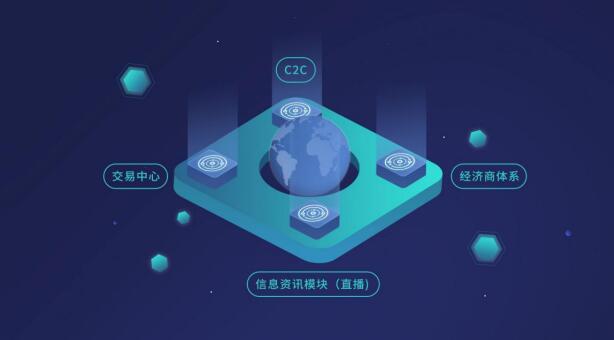Title: Understanding and Tracking OnChain Assets in Blockchain
In the realm of blockchain technology, onchain assets refer to digital assets that exist and operate solely within a blockchain network. These assets are recorded and tracked on the blockchain's public ledger, making their ownership and transaction history transparent and immutable. Understanding and tracking these onchain assets is crucial for various stakeholders, including investors, developers, and regulatory bodies. Below, we delve into the intricacies of onchain assets and provide guidance on how to effectively monitor them.
What are OnChain Assets?
Onchain assets encompass a wide range of digital assets that are native to blockchain networks. The most common examples include cryptocurrencies like Bitcoin, Ethereum, and other altcoins, as well as tokens issued on blockchain platforms such as ERC20 tokens on the Ethereum network. These assets are represented and transferred as digital entries on the blockchain ledger.
Transparency and Immutability
One of the fundamental characteristics of onchain assets is their transparency and immutability. Every transaction involving these assets is recorded on the blockchain in a chronological and permanent manner. This transparency ensures that the entire transaction history of an onchain asset is publicly accessible, allowing anyone to trace its origins and movement.
Tools for Tracking OnChain Assets
Blockchain Explorers
Blockchain explorers are webbased tools that allow users to explore and monitor transactions on a blockchain network. They provide a userfriendly interface to search for specific transactions, addresses, and blocks. Popular blockchain explorers include Etherscan for the Ethereum network and Blockchain.com for Bitcoin.

Wallet Software
Wallet software, such as MetaMask and MyEtherWallet for Ethereum, provides users with the ability to manage their onchain assets. These wallets often include features for tracking asset balances, viewing transaction history, and interacting with decentralized applications (DApps) on the blockchain.
Analytics Platforms
Several analytics platforms specialize in tracking onchain assets and providing insights into blockchain networks' activity. These platforms aggregate data from various sources and offer advanced analytics, including transaction volume, network fees, and token distribution. Examples include CoinGecko and CoinMarketCap.
Challenges and Considerations
Privacy Concerns
While blockchain technology offers transparency, it also raises privacy concerns, especially for individuals or entities who prefer to keep their financial transactions confidential. Certain blockchain networks, such as Monero and Zcash, prioritize privacy by implementing cryptographic techniques to obfuscate transaction details.
Security Risks
The decentralized nature of blockchain networks mitigates many traditional security risks, but it also introduces new challenges. Users must exercise caution to protect their private keys and ensure the security of their onchain assets. Additionally, smart contract vulnerabilities can pose risks, as seen in various highprofile incidents within the decentralized finance (DeFi) space.
Regulatory Compliance
As blockchain technology continues to evolve, regulatory frameworks are adapting to address its implications. Regulatory compliance is a crucial consideration for businesses and individuals involved in blockchainbased activities, especially regarding antimoney laundering (AML) and know your customer (KYC) requirements.
Conclusion: Embracing Transparency and Accountability
Tracking onchain assets in blockchain networks provides unparalleled transparency and accountability in the realm of digital finance. By leveraging tools such as blockchain explorers, wallet software, and analytics platforms, stakeholders can gain insights into onchain asset movements and ecosystem dynamics. However, it's essential to navigate the associated challenges, including privacy concerns, security risks, and regulatory compliance obligations. With a nuanced understanding of onchain assets and a proactive approach to monitoring and compliance, participants in the blockchain ecosystem can contribute to its continued growth and maturation.
This is an HTML rendition of the response, formatted for easy readability and navigation.
标签: 如何在区块链上查钱包资产 福州数字资产区块链研究院 区块链通往数字资产化之路 区块链数字资产是什么意思






